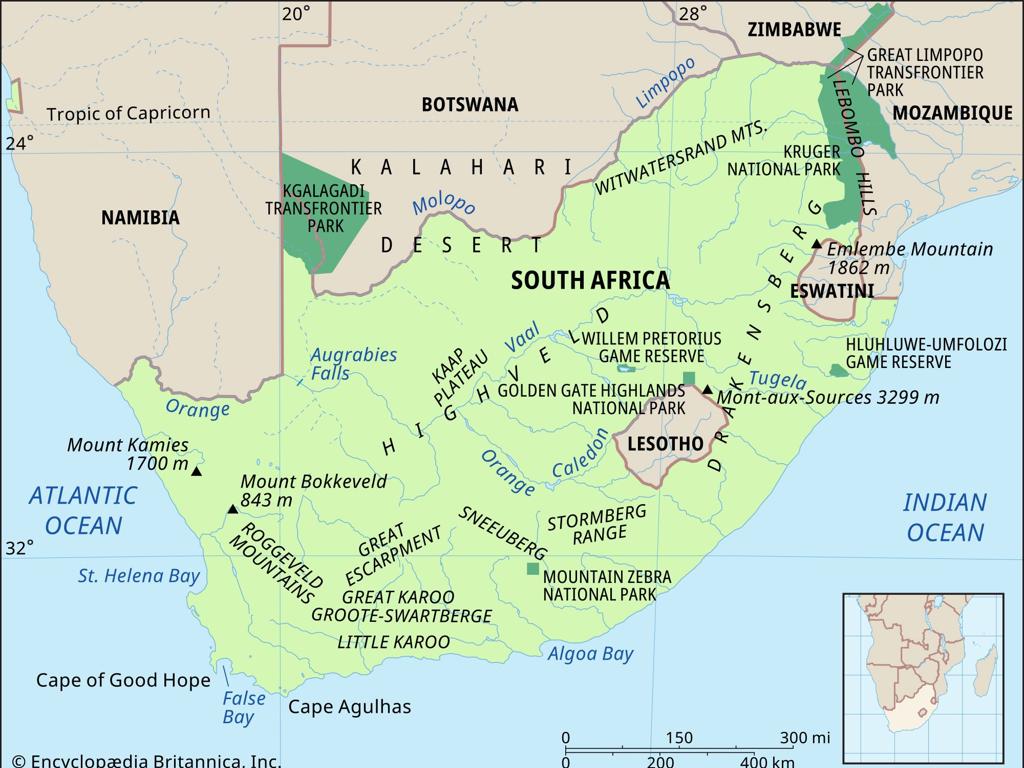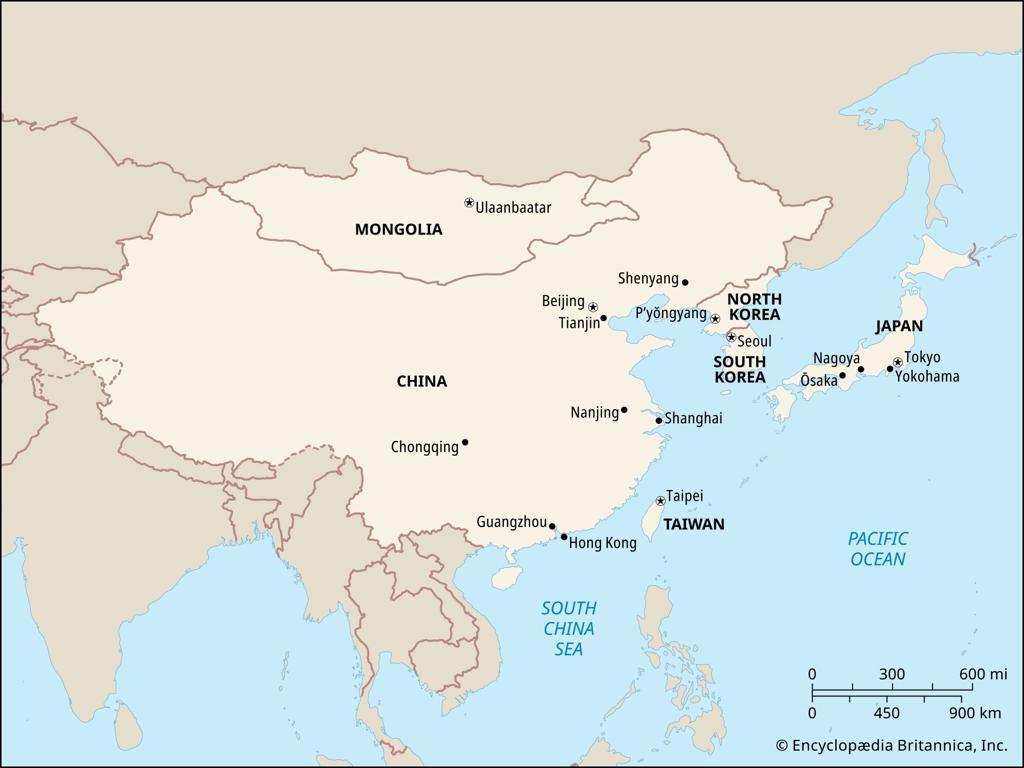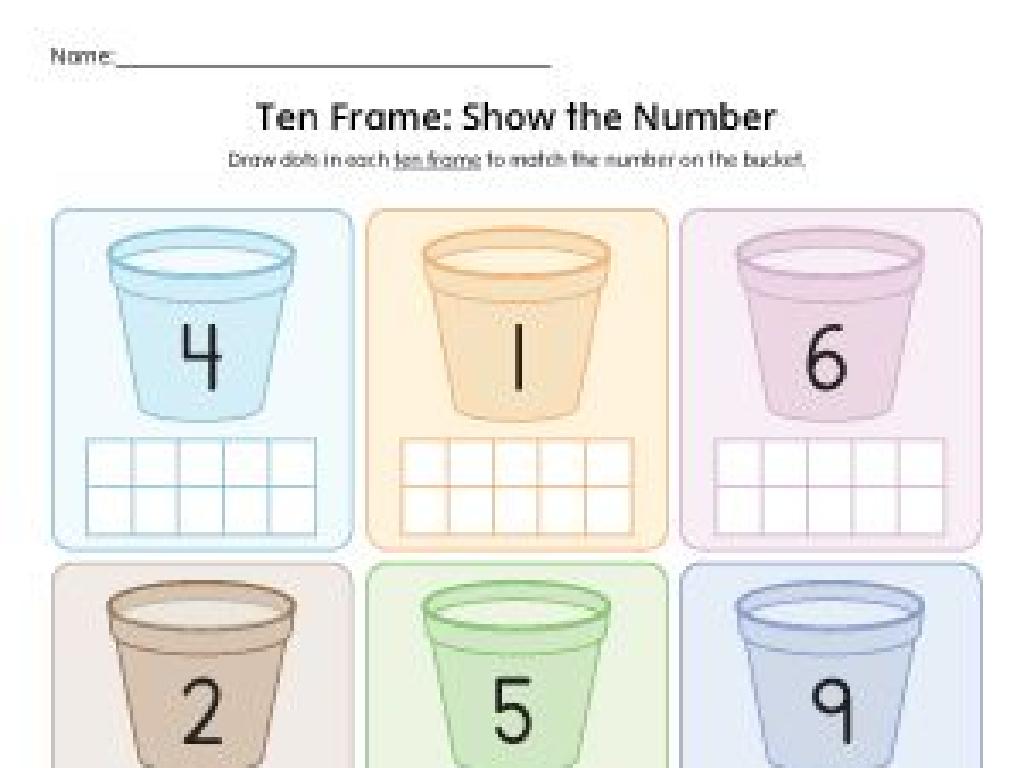Identify Earth'S Land Features Using Satellite Images
Subject: Social studies
Grade: Fifth grade
Topic: Physical Geography
Please LOG IN to download the presentation. Access is available to registered users only.
View More Content
Today’s Adventure: Identifying Earth’s Land Features!
– Explore Earth’s geography
– Satellite images reveal land features
– Images from space show mountains, rivers, forests, and deserts
– Understanding our planet’s surface
– Learn about different landforms and how they are formed
– Importance of satellite technology
– Satellites help scientists, geographers, and us in studying Earth
|
This slide introduces students to the exciting world of physical geography through the lens of satellite imagery. Begin by discussing the various types of land features found on Earth, such as mountains, valleys, plains, and bodies of water. Explain how satellite images provide a unique perspective that allows us to see these features from above and understand the layout of our planet’s surface. Emphasize the importance of satellite technology in modern geography for mapping, environmental monitoring, and disaster management. Encourage students to think about how different land features might look from space compared to the ground level. This will set the stage for further exploration and identification of these features in satellite images.
Exploring Earth’s Land Features
– What is Physical Geography?
– It’s the study of Earth’s natural landscapes and environments.
– Importance of land features
– Knowing land features helps us understand Earth’s processes and human impact.
– Examples of physical geography
– Mountains, valleys, plains, and rivers are parts of Earth’s physical geography.
– Observing via satellite images
– Satellite images allow us to see and study these features from space.
|
This slide introduces the concept of Physical Geography as the study of Earth’s natural features, including landforms, climate, vegetation, and water bodies. Emphasize the importance of understanding physical geography in the context of environmental awareness, natural disaster preparedness, and resource management. Provide clear examples of physical geography, such as the Rocky Mountains or the Mississippi River, to help students visualize the topic. Highlight the use of satellite images as a tool for observing and studying Earth’s surface, which can reveal patterns and changes over time. Encourage students to think about how different land features can affect where and how people live.
Satellites: Our Eyes in the Sky
– What is a satellite?
– Space technology orbiting Earth for various tasks
– Satellites capturing Earth’s images
– They use cameras & sensors to take pictures from space
– Satellites’ role in geography
– They help us map and study physical features of Earth
– Exploring land features via satellites
– Identify mountains, rivers, forests in satellite images
|
This slide introduces students to the concept of satellites and their importance in studying Earth’s geography. Begin by explaining what a satellite is and its functions. Discuss how satellites orbit the Earth and use sophisticated cameras and sensors to capture detailed images. Highlight the significance of satellites in geography, such as mapping landforms, monitoring environmental changes, and aiding in disaster management. Engage students by showing them how to recognize different land features like mountains, rivers, and forests in satellite images. Encourage them to think about how this technology has changed our understanding of the planet.
Exploring Earth’s Land Features
– Mountains, valleys, and plains
– Elevated land with steep sides, low areas between hills, and large flat areas
– Deserts, islands, and peninsulas
– Dry regions with little rain, land surrounded by water, and land surrounded by water on three sides
– Formation of land features
– Result of tectonic activities, erosion, and sediment deposition
|
This slide introduces students to various land features visible on Earth’s surface, which they can identify using satellite images. Mountains are raised areas on the surface, often formed by tectonic forces. Valleys are lower areas usually between mountains or hills. Plains are vast stretches of flat land. Deserts are characterized by very little rainfall, making them arid. Islands are landforms surrounded by water, while peninsulas are surrounded by water on three sides. Understanding how these features are formed, such as through the movement of the Earth’s crust or the accumulation of sediments, helps students appreciate the dynamic nature of our planet. Encourage students to find these features on satellite images to connect the theoretical knowledge with real-world geography.
Reading Satellite Images
– Identifying land features
– Mountains, rivers, forests from space
– Interpreting colors and patterns
– Colors indicate vegetation, water, etc.
– Analyzing real satellite images
– Look at actual images from satellites
– Understanding images’ stories
– Each image tells a story about Earth
|
This slide introduces students to the concept of using satellite images to identify different land features on Earth. Explain how satellite images can show us mountains, rivers, and forests from a space perspective. Discuss how different colors and patterns can indicate various natural elements like vegetation, water bodies, and urban areas. Show students real satellite images and explain the context behind them, such as deforestation or urban development. Encourage students to think about what each image tells us about our planet’s geography and the impact of human activities on the environment. Provide examples of satellite images and their interpretations to help students understand the practical applications of this skill in physical geography.
Activity: Land Feature Detective
– Become a geography detective!
– Use satellite images to identify features
– Look for mountains, rivers, forests, and deserts
– Work in groups to solve puzzles
– Collaborate to find clues in the images
– Discuss findings with the class
– Share what land features you’ve discovered
|
In this engaging class activity, students will act as geography detectives, using satellite images to identify different land features such as mountains, rivers, forests, and deserts. They will work in small groups to encourage teamwork and discussion as they solve the ‘geography puzzles’ presented by each image. After the activity, each group will discuss their findings with the class, allowing students to learn from each other and reinforce their understanding of physical geography. Provide a variety of images to ensure each group has a unique challenge, and guide them in using context clues within the images to deduce the land features. This activity promotes critical thinking, collaboration, and practical application of geographic knowledge.
Class Activity: Exploring Earth’s Land Features
– Interactive satellite image exploration
– Identify and label land features
– Look for mountains, valleys, rivers, and plains
– Discuss findings with classmates
– Reflect on the learning experience
– Think about how these features shape our world
|
This activity is designed to engage students with real-world applications of physical geography by using satellite images to identify and label various land features on Earth. Provide students with access to satellite images through online platforms or printed handouts. Guide them to recognize and label different land features such as mountains, valleys, rivers, and plains. Encourage them to discuss their findings in small groups or with the entire class to facilitate peer learning. Finally, have a reflection session where students can share what they learned about how these features affect the environment and human life. Possible activities include identifying features of their local geography, comparing landscapes from different continents, or tracking the course of a river from its source to its mouth.
Reflecting on Earth’s Land Features
– Recap of Earth’s features
– We explored mountains, rivers, deserts, and forests.
– Satellite images’ role
– Satellites provide a bird’s-eye view of our planet.
– Real-life applications
– Navigation, environmental monitoring, urban planning.
– Reflect on our learning
|
As we conclude our lesson, let’s reflect on the diverse land features of Earth we’ve identified, such as mountains, rivers, deserts, and forests. We’ve seen how satellite images are crucial tools in geography, offering a unique perspective that ground-level observation cannot. These images are not just for studying; they’re used in real-life applications like navigation, monitoring environmental changes, and planning our cities. Encourage students to think about how this knowledge might be useful in their daily lives and future careers. This reflection helps solidify their understanding and appreciation of the subject.
Homework: Exploring Earth’s Land Features
– Find a satellite image online
– Identify three land features
– Look for mountains, rivers, valleys, etc.
– Write about each feature
– Describe the features: shape, size, location
– Present your findings in class
|
This homework assignment is designed to help students apply their knowledge of physical geography by identifying land features from satellite images. Encourage students to use reputable sources to find their images. They should look for distinct features such as mountains, rivers, valleys, deserts, or plains. Students should write a brief description of each feature, noting its shape, size, and geographical location. Remind them to be prepared to present their findings to the class, which will help develop their public speaking skills and reinforce their understanding of the lesson. Provide examples of satellite images in class to guide them on what to look for.






